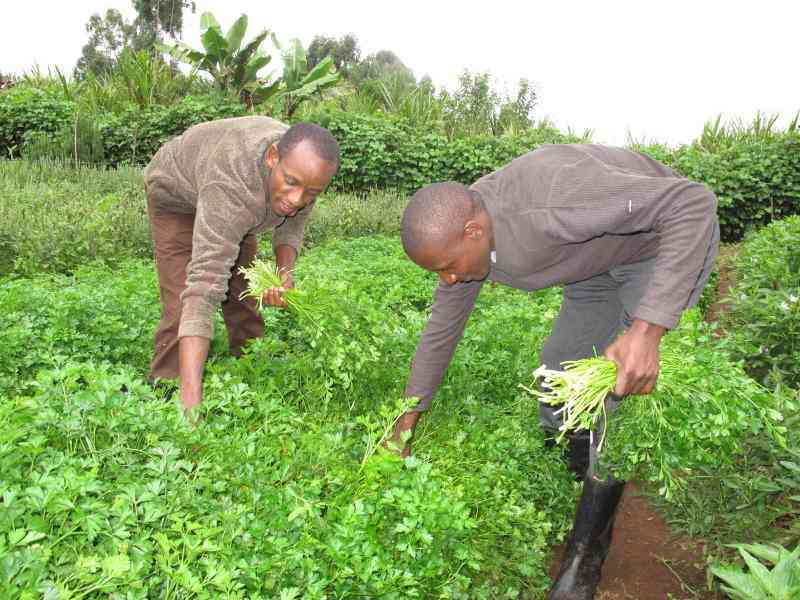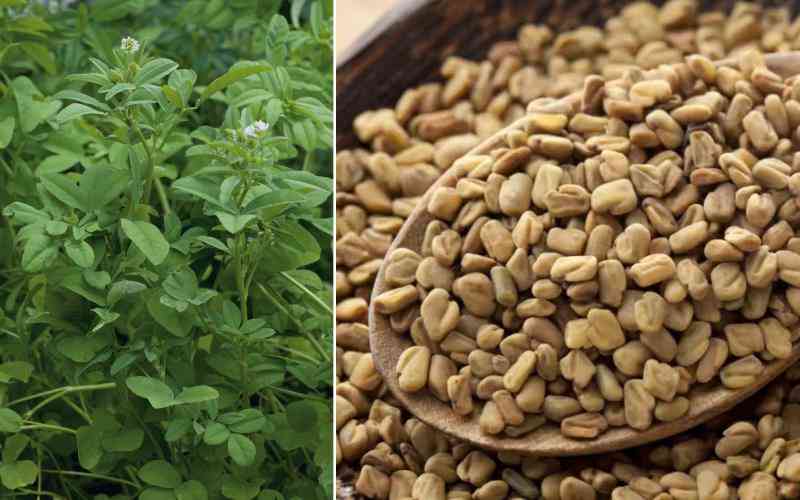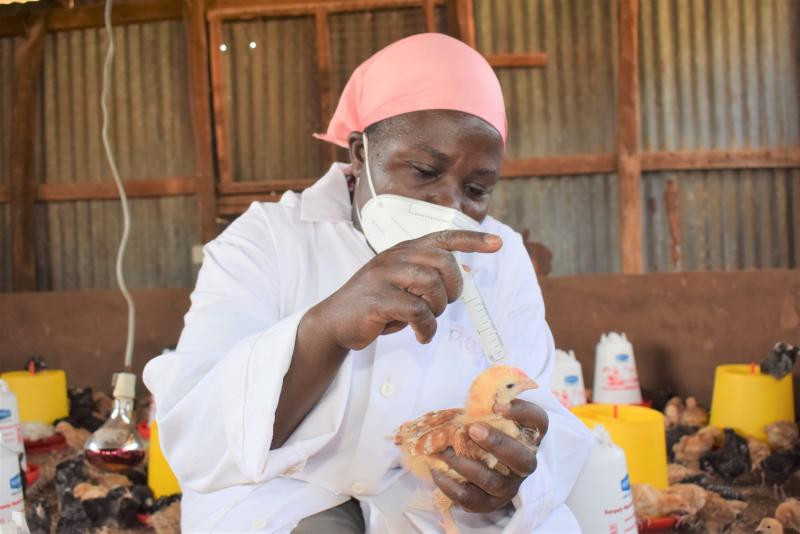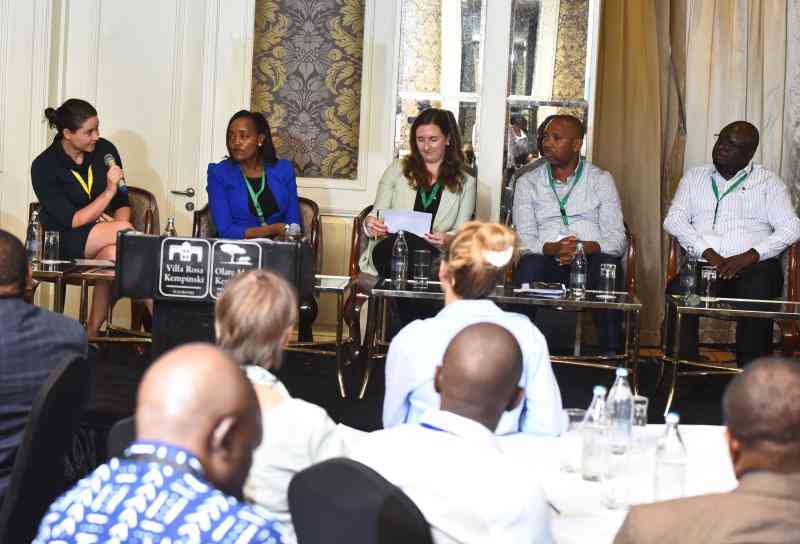How emerging technologies can help cut post-harvest losses
In this part of the world, food security and drought are two words used interchangeably.
The paradox is that as some part of the country, is ravaged by drought, we always have other parts where food is in plenty and going to waste due to lack of access to markets.
It is estimated that globally about 30 per cent of the food produced goes to waste through post-harvest losses which occur along the value chain.
The losses are considered as either qualitative where the nutritional and quality value is lost or quantitative where the measurable quantity value of the food produce is lost.
For instance, over ripe fruits may lose their nutritional and quality value making it impossible to penetrate the value creation process, while some few bags of grains may be affected by aflatoxin rendering them not fit for human consumption.
Due to challenges in the value chain system, these post-harvest losses are said to occur either at the downstream or during production, transport and harvesting stages or upstream during the storage and consumption stage.
With the continued increase of the population and decrease of arable land, one solution towards enhancement of food security is developing strategies that will minimise post-harvest losses. Also key is building value creation systems accessible even by the small scale farmers. Emerging technologies such as Internet of things (IoT), Artificial Intelligence (Ai) and Block chain offer various solutions to this global problem.
Block chain technology
Block chain technology which refers to a public distributed ledgers system that helps in data storage, access are non-irreversible if adopted along the value chain process.
The technology will help strengthen traceability of the food produced by farmers through development of food quality and quantity record systems that indicate the amount of food harvested, those transported to a given market or destination, sales and prices that are hard to manipulate along the value chain.
In addition, the technology will also help improve food safety by improving the system of food traceability right from the original farmer which can avoid huge wastage especially during contamination incidents.
Internet of things also called Internet of crops in agriculture refers to the interconnected data point which can be electronics, people or animals that helps in collection of data from every point with mounted sensors in the farm. With the world becoming more connected, so are our farmers which means they can take advantage of this interconnection to solve post-harvest losses.
Artificial intelligence
For instance, using a smart phone, a farmer in rural areas is able to gather information about the weather patterns and help in decision making on when to harvest their food crops.
In addition, through an SMs relayed by the sensors mounted in the storage facilities, the farmer is able to know quickly when there is temperature changes or any other problem in the storage facilities.
While Internet of things helps in the collection of crops oriented data, Artificial intelligence (AI) applications helps in developing patterns that can be used to analyse the data into usable information for the farmers.
AI applications are mostly used in agriculture to predict the environmental impact to crop yields such as weather changes hence helping farmers to make correct harvesting decisions.
In addition, agri-tech firms are developing predictive systems that can help predict storage conditions and suggest preventive action towards rotting of the stored food products. In some instances where labour force is a challenge, robots and machines that can help in harvesting of crops such as tea and strawberries have been developed to minimise post-harvest losses.
Lastly, developing simple data analytics systems could also help farmers to acquire timely information about the market demand of their produce and prices available which will help them make smart sales and marketing decisions and also help to increase their income.
[The writer is an Innovation and Entrepreneurship lecturer at Kirinyaga University. [email protected]]
Want to get latest farming tips and videos?
Join Us
Share this article on social
 The Standard Group Plc is a multi-media organization
with investments in media platforms spanning newspaper print operations,
television, radio broadcasting, digital and online services. The Standard Group
is recognized as a leading multi-media house in Kenya with a key influence in
matters of national and international interest.
The Standard Group Plc is a multi-media organization
with investments in media platforms spanning newspaper print operations,
television, radio broadcasting, digital and online services. The Standard Group
is recognized as a leading multi-media house in Kenya with a key influence in
matters of national and international interest.
 The Standard Group Plc is a multi-media organization
with investments in media platforms spanning newspaper print operations,
television, radio broadcasting, digital and online services. The Standard Group
is recognized as a leading multi-media house in Kenya with a key influence in
matters of national and international interest.
The Standard Group Plc is a multi-media organization
with investments in media platforms spanning newspaper print operations,
television, radio broadcasting, digital and online services. The Standard Group
is recognized as a leading multi-media house in Kenya with a key influence in
matters of national and international interest.






